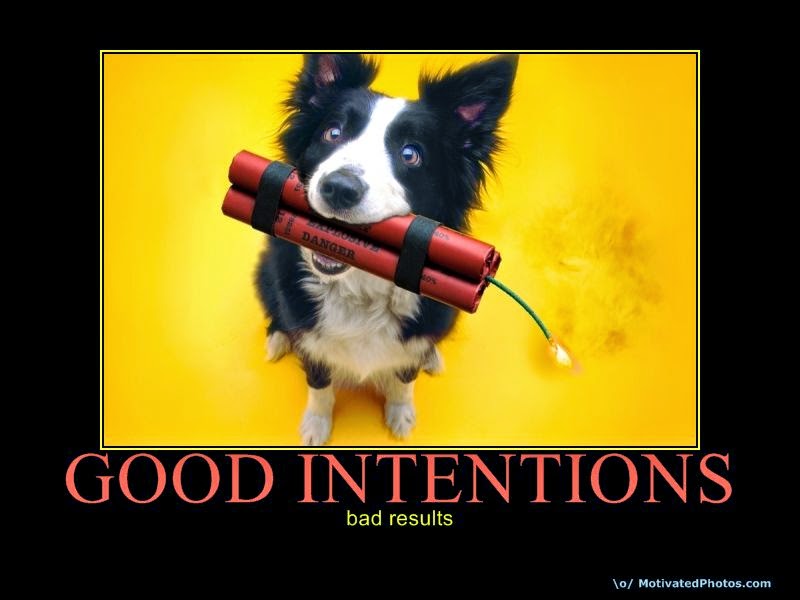Se a maior riqueza que há num ecossistema é a sua biodiversidade, porque encerra em si a robustez para lidar com o desconhecido, também numa economia a heterogeneidade e idiossincrasia é algo positivo pelas mesmas razões.
Recentemente visitei empresa muito bem sucedida e que, imaginem:
- desistiu de crescer em quantidade, só aposta em crescer por aumento de preços, por subida na escala de valor;
- rejeita clientes;
- rejeita crescer mais do que um certo valor por cliente;
- rejeita convites de clientes para investir em novas fábricas em mercados onde esses clientes estão a implantar-se ou a expandir-se.
A gerência consegue explicar o racional por trás de cada uma dessas decisões. Outra gerência composta por outras pessoas poderia tomar outras decisões. Não há resposta certa, não há resposta única.
"A azeitona sai daqui a granel e não colocamos nós as nossas marcas no mercado internacional”, salientou. O responsável considerou ainda que, com esta venda direta, “não há mais-valia para o azeite de Trás-os-Montes”."
Quem segue este blogue sabe o quanto valorizo a aposta:
- na autenticidade;
- na fuga ao granel comoditizado;
- na aposta numa marca;
- na subida na escala de valor;
No entanto, também sei que cada produtor é que sabe da sua vida.
O que levanta outra questão:
"esta situação pode “condicionar a vida das próprias cooperativas”."
Até que ponto as cooperativas estão a fazer o seu trabalho? Até que ponto as cooperativas estão a tratar os produtores como partes interessadas livres que devem ser cativadas e seduzidas para um projecto de longo prazo? Até que ponto as cooperativas estão a recompensar convenientemente os produtores? Até que ponto as cooperativas têm elas próprias uma gestão suficientemente ágil? Para eventualmente melhorar preços a pagar aos produtores e negociar melhores condições com a procura? Para aproveitar oportunidades e colocar em novas prateleiras o seu azeite numa altura de escassez? Para subir preços em tempos de escassez?
Imaginem uma cooperativa com um sistema de gestão certificado pela ISO 9001 a marcar uma revisão do sistema extraordinária para actualizar a análise do contexto e das partes interessadas e tomar decisões à priori, a comandar os acontecimentos em vez de, com as calças na mão, ir a reboque dos acontecimentos.
BTW, estão a ver aquelas simulações sobre a vida das estratégias? Uma estratégia tem sucesso e a maioria das empresas está a tentar ter sucesso seguindo-a. Depois, algo muda no contexto, e uma empresa-pioneira testa uma nova abordagem e tem algum sucesso, à medida que essa abordagem vai se aperfeiçoando, o sucesso vai aumentando, o próprio contexto co-evolui e o spill-over começa a contaminar outras empresas que começam a seguir a mesma estratégia. Então, a densidade de uso da estratégia anterior começa a baixar e a da nova estratégia começa a subir. Depois, algures no tempo, uma nova alteração de contexto e uma nova experiência a nível de estratégia. Experiência que pode passar por recuperar uma estratégia anterior, uma estratégia entretanto abandonada.
Voltar a uma estratégia entretanto abandonada pode ser um retrocesso, pode ser um erro, pode ser muita coisa, mas voltamos ao princípio e à idiossincrasia.

















